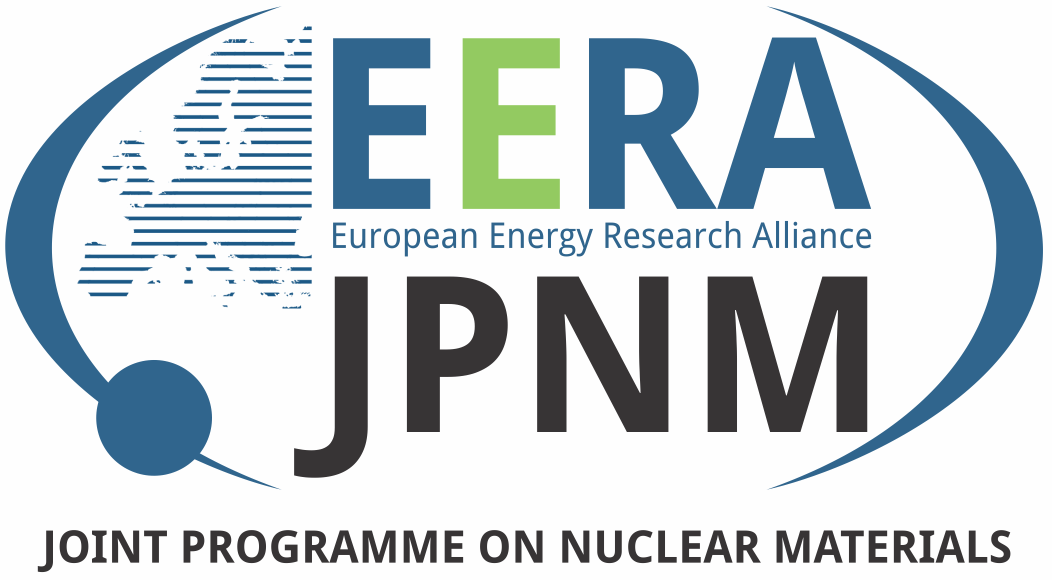

JP Nuclear Materials - Our vision and values
Nuclear energy supplies secure and reliable electricity, as well as heat, with very limited CO2 footprint, at stable and comparably low prices. Two main issues remain to make it a fully sustainable energy source, namely remove accident and proliferation risks and reduce nuclear waste in quantity, hazard and lifespan. Full sustainability can be achieved by deploying nuclear reactors of fourth generation (GenIV), along with the necessary fuel cycle facilities to extract the reusable components of the fuel. These systems increase by almost two orders of magnitude the utilization of the fuel and equally reduce the radiotoxicity and lifetime of the waste.
The performance of nuclear reactor materials (especially structural and fuel) is essential for the development of sustainable nuclear energy. Materials in GenIV reactors will be exposed to higher temperatures and higher irradiation levels than today's light-water reactors. Fast reactors also use non-aqueous coolants, for which the full compatibility of materials needs to be guaranteed. The Vision of the EERA JPNM in this context is summarised in four Grand Challenges, to be addressed and resolved to take full advantage of the nuclear GenIV technology, with respect to safety, performance and cost, and to ensure deployment over the next decades:
- Grand Challenge 1: Elaboration of design rules, assessment and test procedures, for both operating and off-normal conditions, for the structural and fuel materials of interest. This involves deployment of infrastructures for exposure to ageing phenomena and for testing materials, as well as suitable data collection and management.
- Grand Challenge 2: Development of physical models coupled to advanced microstructural characterization to achieve high-level understanding (property-to-property analysis) and predictive capability, in combination with suitable data-driven modelling approaches that need to cope with the limited availability of experimental data and the difficulty and cost of obtaining them.
- Grand Challenge 3: Development of advanced structural and fuel materials solutions and application of advanced manufacturing techniques to achieve superior thermo-mechanical properties and better radiation-resistance and compatibility with fluids, in partnership with industry. Move towards an increasingly widespread application of materials design techniques, also allowing for circularity, especially recycling and reuse, as is already partially the case for fuel, and increased component and installation lifetime.
- Grand Challenge 4: Development of material health monitoring and non-destructive examination methods applicable at all stages of product lifetime: material development, component manufacture, operation (condition monitoring, predictive maintenance) and finally re-use and recycling. The categories of materials of interest and the research approaches, tools and instruments, to enable the design, licensing and construction of GenIV system demonstrators are identified.